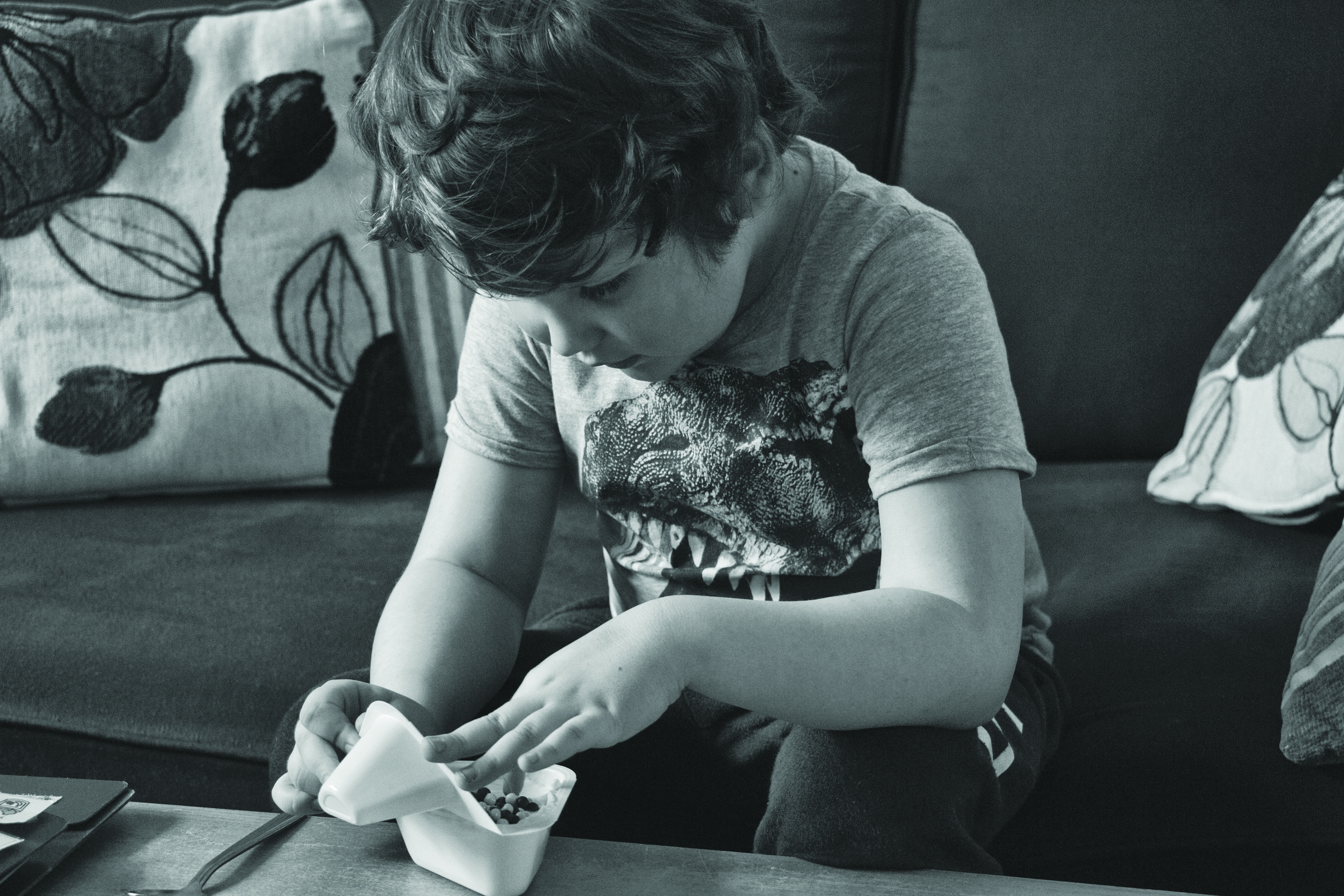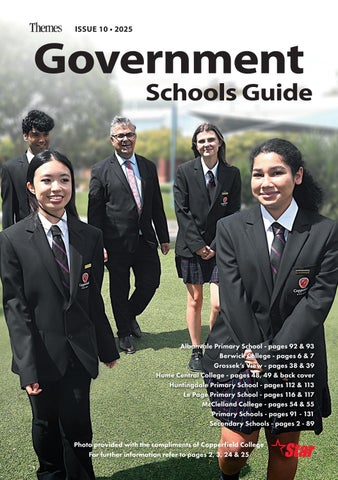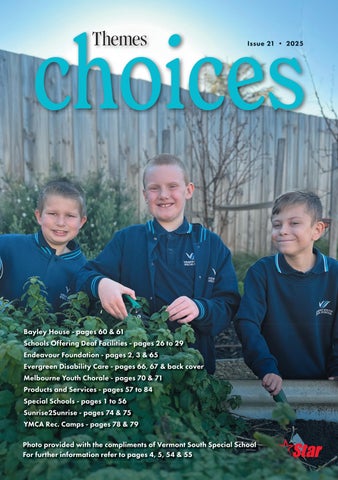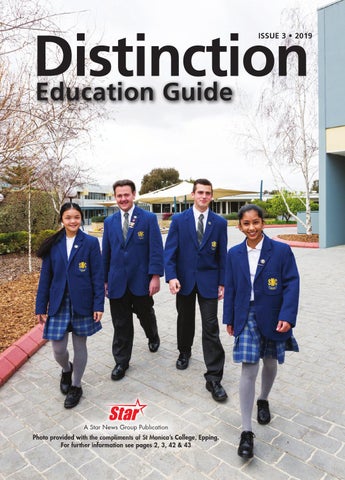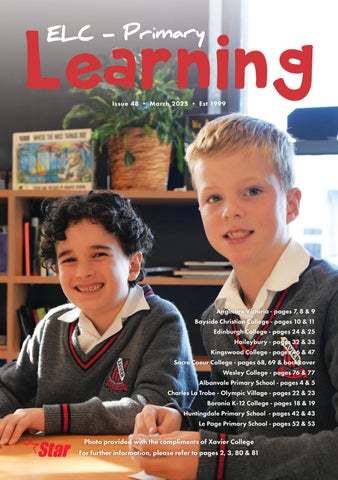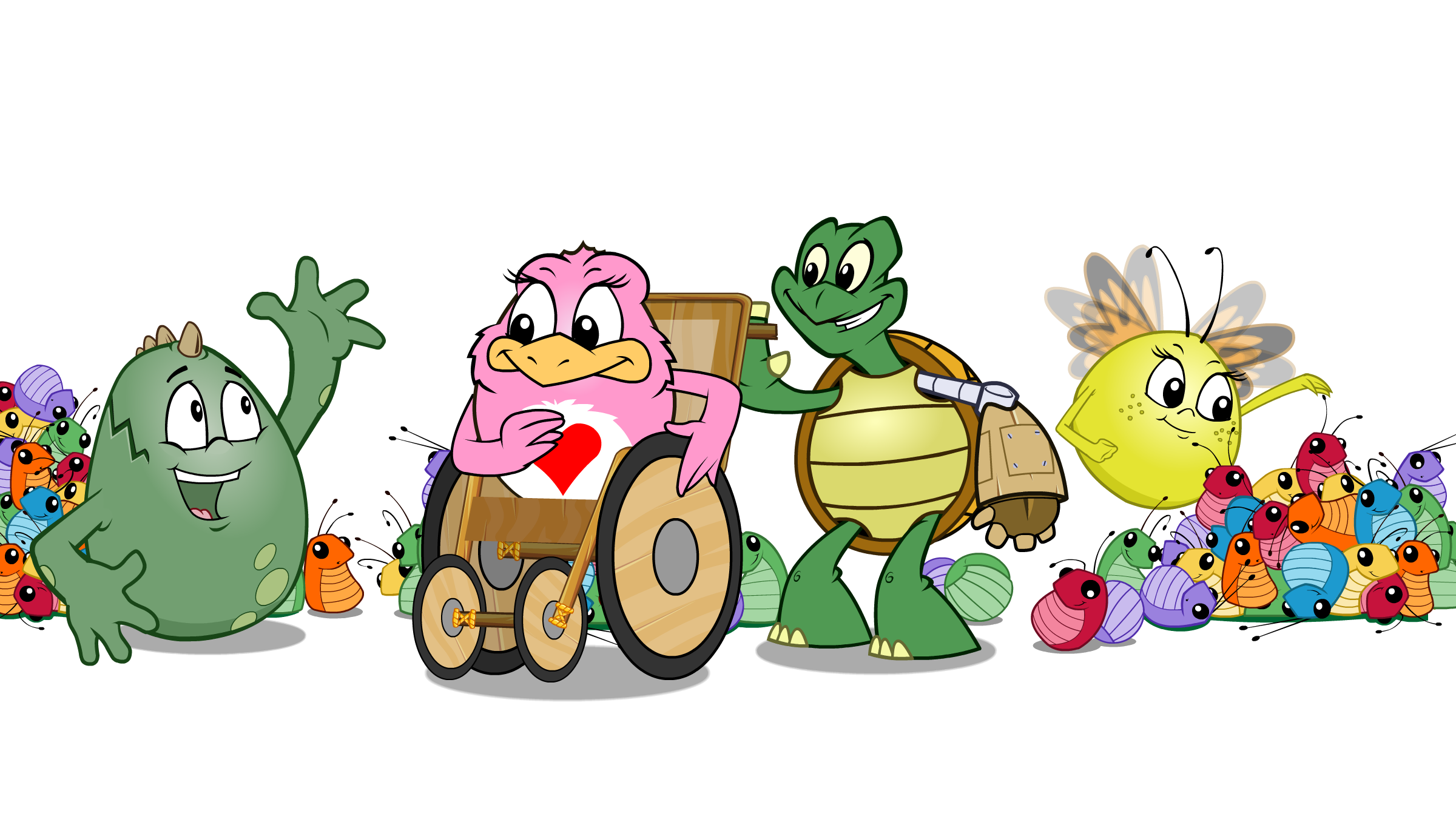Autism Spectrum Disorder (ASD) is a developmental condition which affects individuals in two main areas:
Individuals have impaired communication and social interaction
Individuals have restricted, repetitive patterns of behaviour, interests or activities
ASD affects the way that individuals are able to interact with others and they often find the world to be a confusing place. Difficulty communicating can result in ‘melt downs’ – this differs from a tantrum as the individual does not choose to have a melt down.
Individuals with ASD often have sensory sensitivities – they may be under- or over-sensitive to any of the five senses.
Every Individual with ASD
is Different
‘If you’ve met one person with ASD, you’ve met one person with ASD’. (Anon.)
The term Autism Spectrum Disorder (ASD) reflects the fact that no two people with ASD are alike. Even though each individual with ASD has difficulties in the areas of communication, socialisation and flexibility of thought, each has a unique combination of characteristics and so may seem quite different. Two siblings with ASD may be very different from each other even though both may have a diagnosis of ASD.
Secondary Conditions and Difficulties Associated with ASD
Some people with ASD have other conditions as wellw, such as:
speech and language difficulties
intellectual disability (around 70% of individuals with ASD also have an intellectual disability)
sleep problems
attention problems
epilepsy
anxiety and depression
difficulties with fine and gross motor skills
There are other conditions that are associated with ASD, including Fragile X Syndrome, Tuberous Sclerosis and other genetic disorders.
Many individuals with ASD have difficulties interpreting sensory information, and may display over- or under-sensitivity. Being over-sensitive to sound, touch, taste, smell and vision can be very distressing to individuals with an ASD and can result in very strong reactions.
Depending on the severity of the condition and secondary conditions/difficulties, some individuals may be able to live independent lives while others will always need assistance and support.
Experiencing the world for an
individual with ASD
Individuals with ASD feel like they are bombarded with sensations. They often have a preference for visual learning and may learn in different ways to others. Their difficulties with communication mean that they often miss nuances and jokes and a common trait is that they take what people say very literally.
In My Mind is a short video by Alex Olinkiewicz, a 16-year old with ASD (diagnosis of Asperger’s Syndrome), who talks about how his ASD affects him.
Understanding ASD
ASD often causes individuals to struggle to understand and relate to other people and to their environment and this can often result in extreme behaviour, which can be seen as tantrums in children or rudeness in adults. It is the only way they have to indicate how anxious they are feeling.
Individuals with ASD look no different to anyone else. Parents of children with ASD often report that others think that their children are badly behaved and that they lack parenting skills. They misunderstand the situation.
Adults with ASD struggle with social situations and ‘small talk’. They may appear rude or say things that others would not say. They may appear overly critical or ‘awkward’.
ASD Facts
ASD affects around 1 in every 100-110 people. This equates to around 55,000 Victorians and around 250,000 Australians.
ASD is diagnosed in around four times as many males as females.
ASD is a lifelong condition and there is no cure.
Unemployment rates for individuals with ASD are around 65% compared with only about 6% for the whole population.
Individuals with ASD are over-represented in the homeless population and in the justice system.
On the positive side, early intervention can have tremendous results in helping those affected to live to their full potential.
For older individuals, timely and meaningful support, advice and information can also be critical to quality of life outcomes.
Common Names for Autism
Spectrum Disorder
The term “Autism Spectrum Disorder” includes Autism/Autistic Disorder, Asperger’s Syndrome and Pervasive Developmental Disorder – Not Otherwise Specified (PDD-NOS). These specific terms are often required for funding purposes.
Other terms you might hear are “high functioning autism”, “classic autism”, “Kanner Autism” or “atypical autism”.
Note: the latter terms are not thought to be very useful for diagnosis and treatment, and most diagnosticians tend to use the term Autism Spectrum Disorder to describe the varied presentation of individuals on the spectrum.
What are the Causes?
It is not known what causes an individual to have ASD. Much research is being done to try to find out more. At this point it is believed to result from changes to brain development which may be caused by a combination of factors, including environmental and genetic factors.
There is an increased chance of having another child with ASD if there is already a child in the family with ASD, but no specific genes have yet been proven to cause ASD.
ASD is not caused by parenting or social circumstances.
ASD is not caused by vaccination or other medical treatment.
AMAZE – Formerly Autism Victoria
